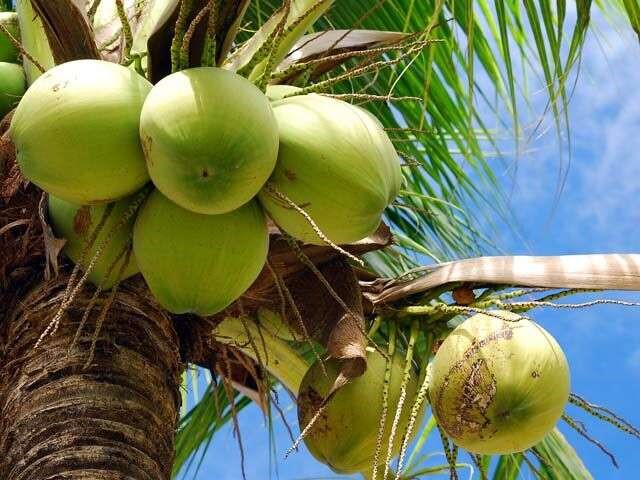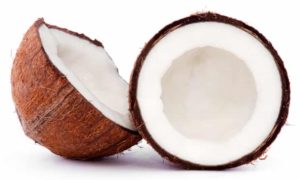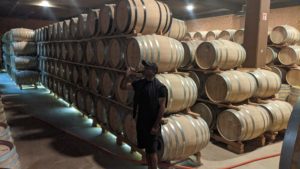Coconut Aromas in Oak Barrel Aged Wines
Most wines are made from grape berries from a species called Vitis Vinifera. Oak barrels are typically used to store and age wine. They were also used to transport wine via the water ways in Europe until recently. Both the Vitis Vinifera grape vines and Oak trees typically grow in the regions of temperate climate. As a wine enthusiast and a wine educator I am always curious about wine aromas. In this blog I would like to share my personal connection to oak and coconut aromas in wine.
One day I was splitting some recently cut logs of Oak wood near my cabin in the Oak woodland of York Mountain in Paso Robles.
As I was axing down the logs I stopped for a moment to smell the oak aromas before they escaped into the space.
While closing the gap between my face and the fresh oak sliver I picked up, my nose intervened, in an instant, the bold oak wood aromas streamed into my nose. I sniffed more, inhaling a dense puff of air. My memory brought me back the faint and familiar smell of ripe coconut shell. I sniffed and inhaled another puff. The faint coconut shell aroma now became more compelling. It shook my memory briefly. How do I know the smell of ripe coconut shell?
In my formative years, I grew up in a village where everything was coconut. The roof over my head and the privacy side walls of my room, the structural support pillars of my house, the everyday breakfast side dish of delicious ground coconut chutney, the sweeping broom made of the rachis of the coconut leaves, the DIY bio-degradable toys like make-believe wrist watches, airplane, a pipe-like musical instrument resembling a flute, so many handicrafts, sweet jaggery, firewood, fodder for the cattle, the gentle evening breeze from the coconut groves, tender coconut water during a hot and humid summer day, the rich coconut milk, the skin nourishing coconut oil, the versatile woven mats, and the naturally fermented native alcoholic drink of coconut toddy…
(Guess who is drinking the what from the fancy drinkware!), The point is that coconut trees and coconut aromas are part of me!
Enough bragging about my coconut trees! Now let us smell the coconut aromas imparted by oak barrels in wine.
El Cielo Winery – Barrel Room – Valle De Guadalupe, Mexico.
I first saw Oak trees in California when I was around 25 years old during a hike and now I live with them and inhale what they exhale.
Making the connection, I can see why an oak barrel aged wine is taking on the aromatic personality of the oak wood. Wine aromas are three types. First set of aromas and tastes come from the specific grape variety. For example, Cabernet Sauvignon has the pronounced bell pepper and black currant aromas. The second set of aromas come from the fermentation and vinification process employed by the wine maker. The wine maker’s style and method contribute to the amount of tannin, sugar, and acidity in the wine. The third set of aromas are drawn from the aging of the wine. Aging in Oak barrels impart complex aromas including tobacco, leather, vanilla, butter, toasted bread, chocolate, and coconut.
Studies in Organic Chemistry have shown that Oak has aroma compounds such as Syringaldehyde, Lignin aldehyde, Vanillin, Eygenol, Guaiacol, and Oak lactone (methyl g-octalactone). Since coconut also shares some of these aroma compounds wines aged in oak barrels emulate some of the coconut aromas. Now we know why there is coconut in some wine!






This is awesome. Coconut is my favorite and this brings me back to my roots. I love everything coconut flavored, even to use topically!
I am inspired to spend more time sniffing and taking in the aroma 🙂
They say “from little acorns grow great oaks”; apparently the cocoanut is the acorn’s larger chemical cousin, sharing a common aromatic DNA! … Maybe your next wine casks could be made from planks of cocoanut trees! ?
Wow, that is a great idea! Barrels made of Coconut Tree!